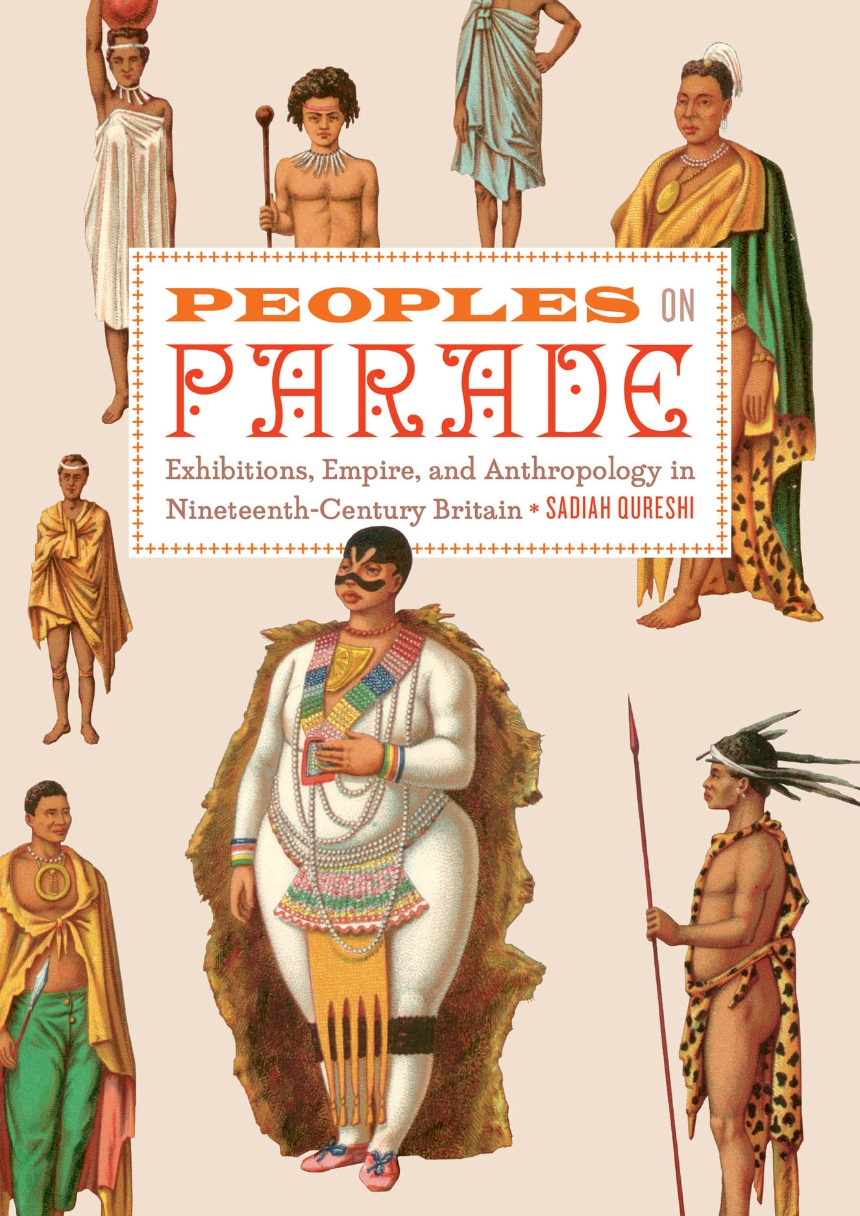Peoples on Parade
Exhibitions, Empire, and Anthropology in Nineteenth-Century Britain
392 pages | 18 color plates, 117 halftones | 7 x 10 | © 2011
Anthropology: Cultural and Social Anthropology
History: European History
Reviews
Table of Contents
Introduction: Ladies and Gentlemen, I Bring You . . .
Part One: Street Spectacles
Chapter One: Glimpsing Urban Savages
Chapter Two: Artful Promotion
Part Two. Metropolitan Encounters
Chapter Three: Managing Performance
Chapter Four: Recruiting Entertainers
Chapter Five: Interpreting Exhibitions
Part Three: The Natural History of Race
Chapter Six: Transforming "Unfruitful Wonder"
Chapter Seven: The End of an Affair
Conclusion: Afterlives
Acknowledgments
Appendix: Terminology
Notes
Bibliography
Index
